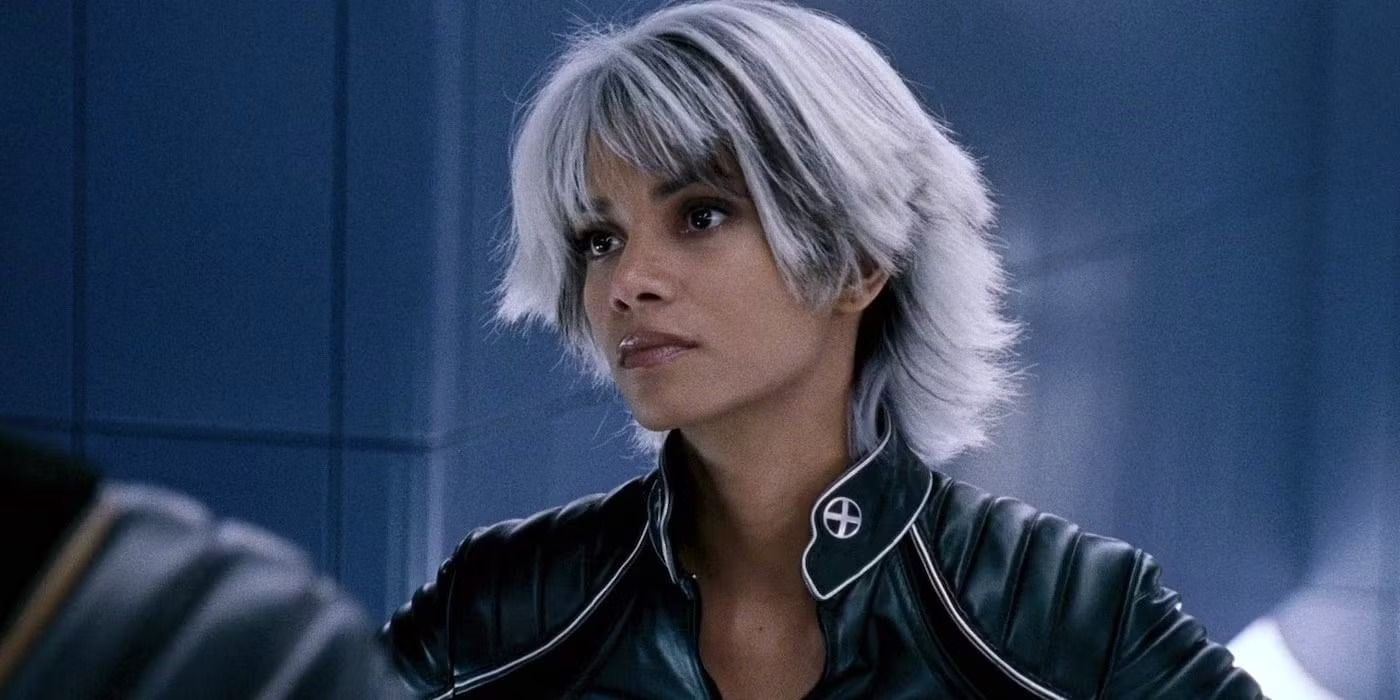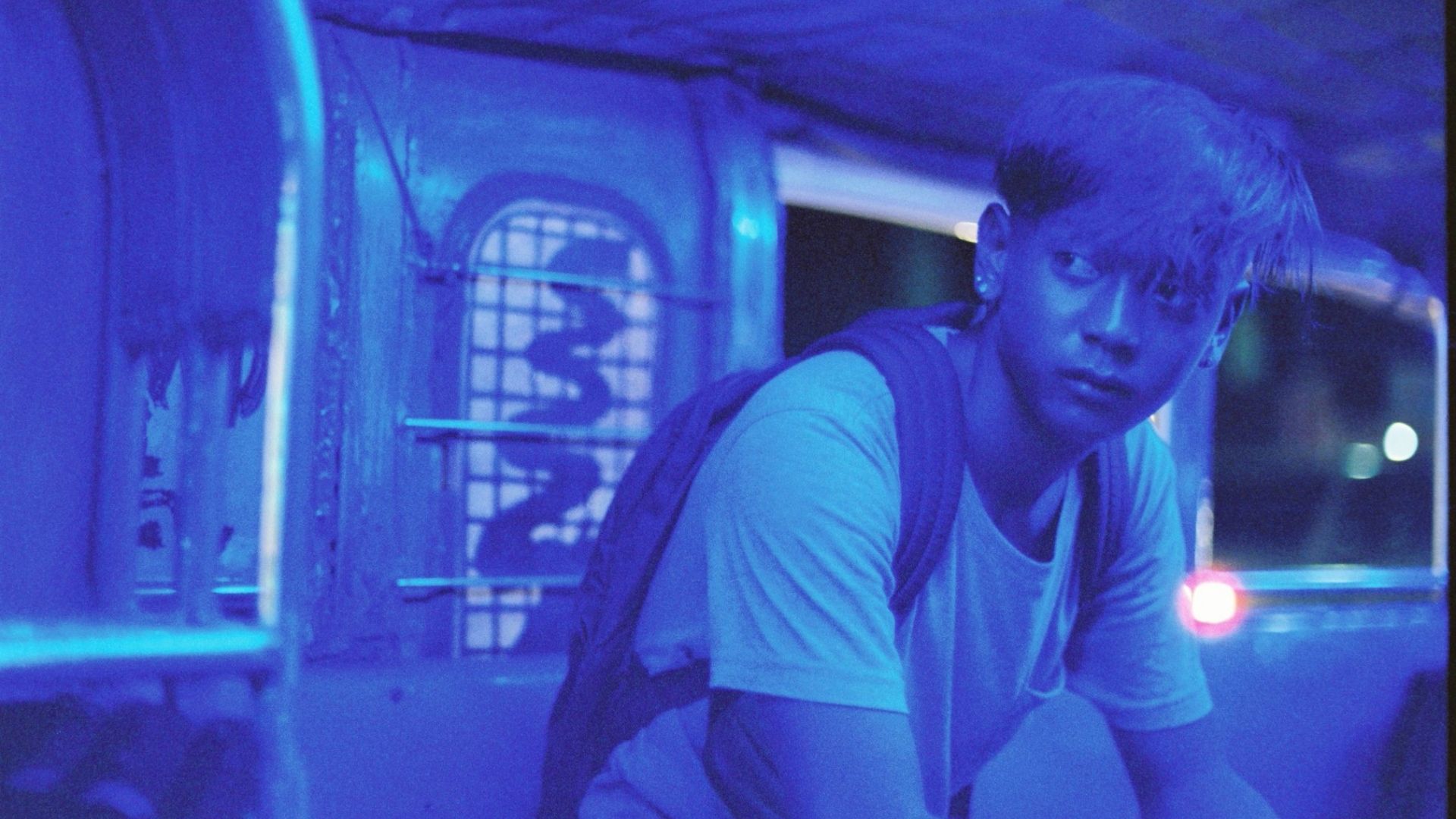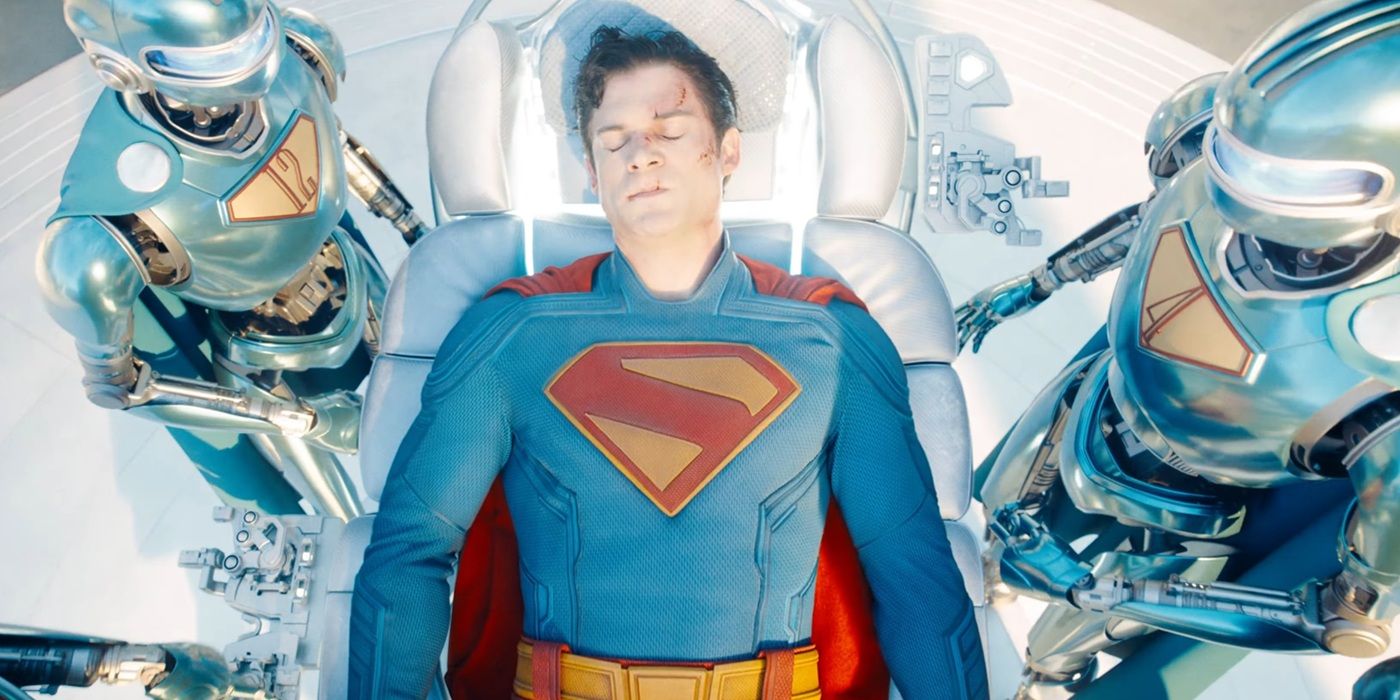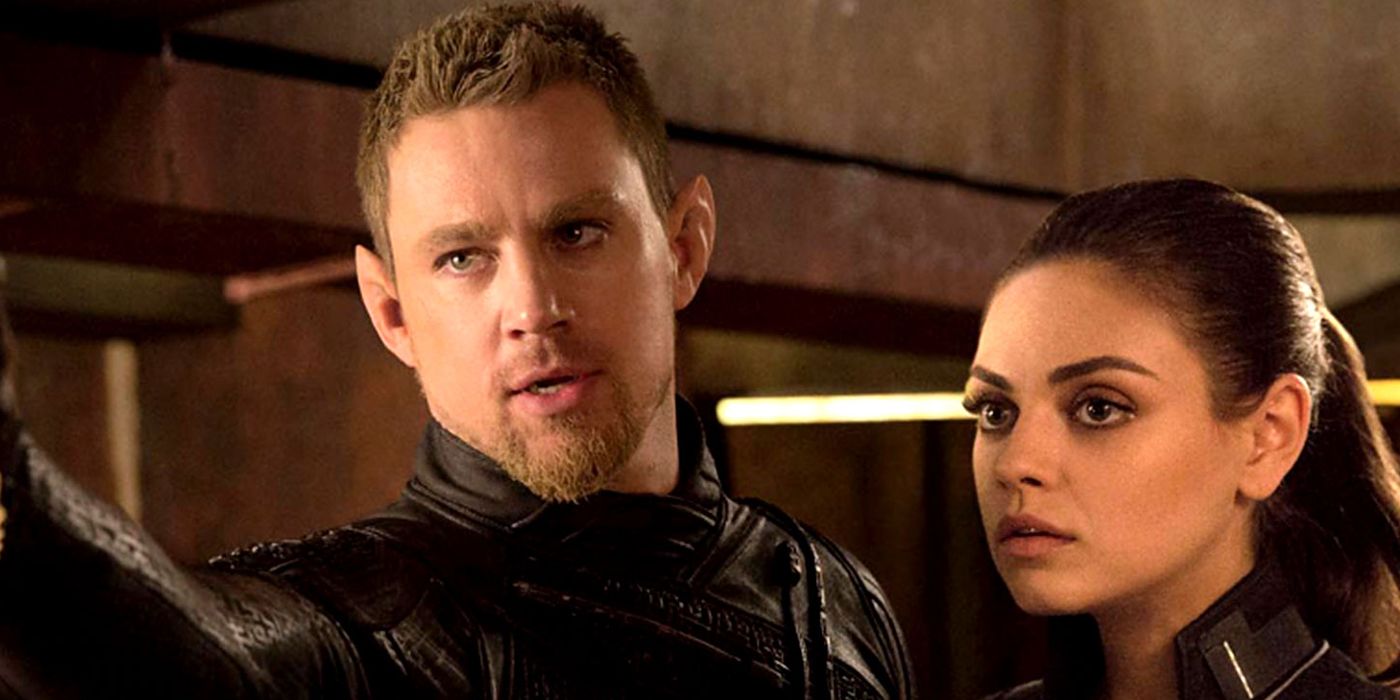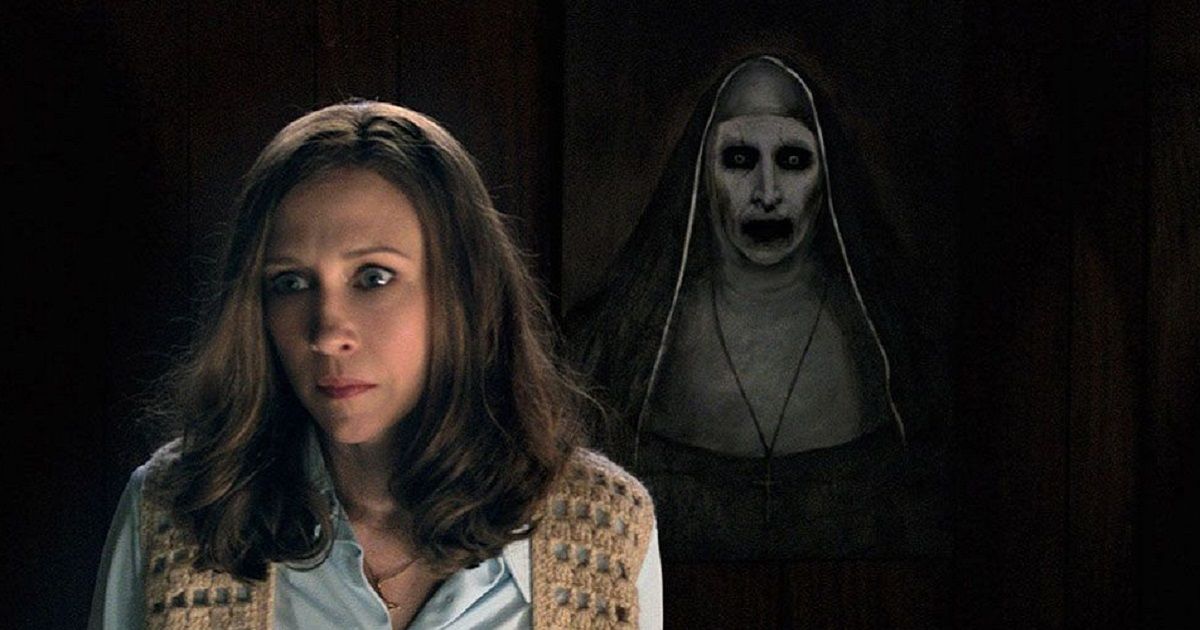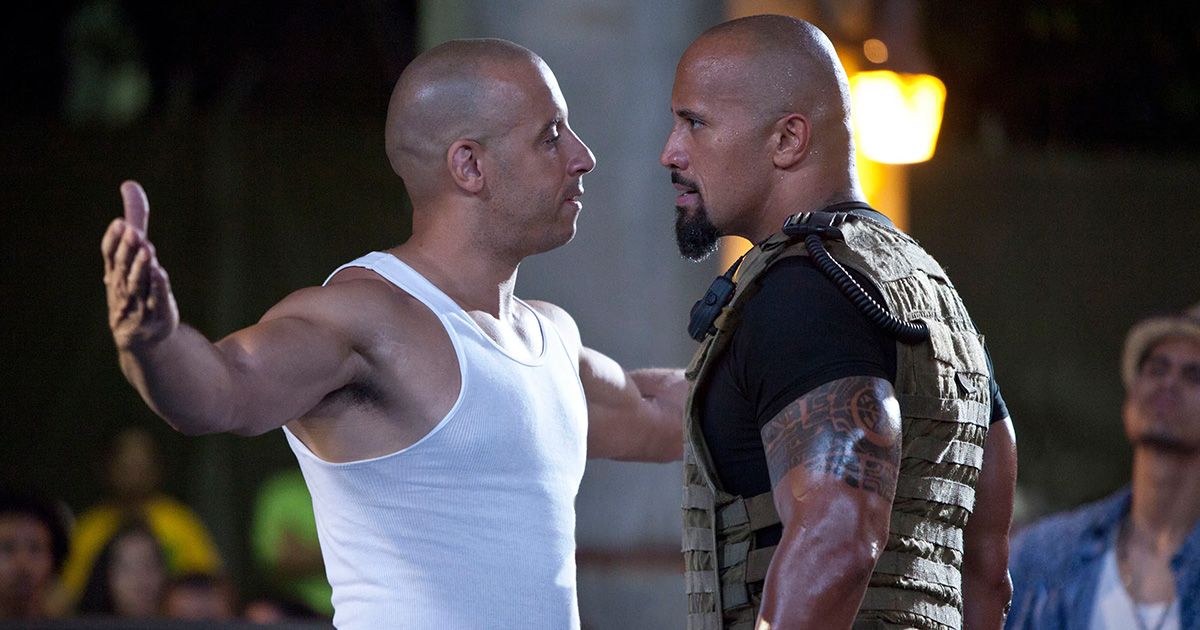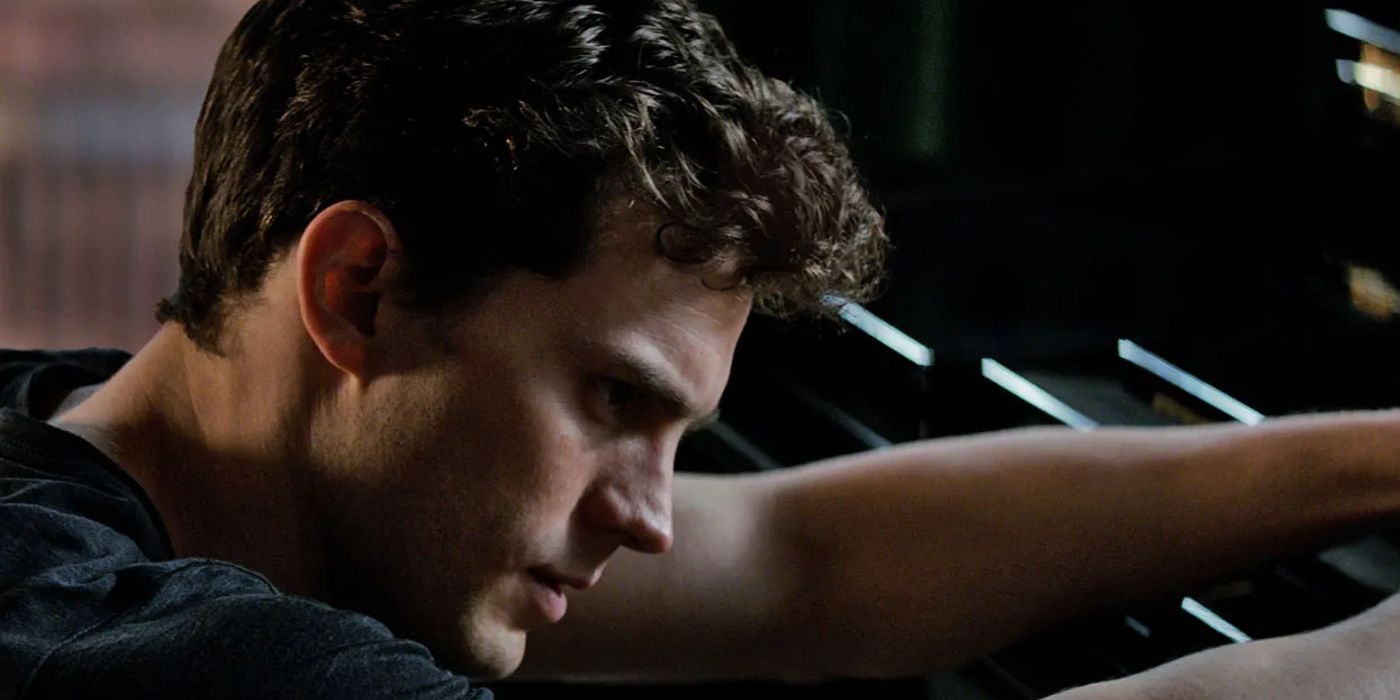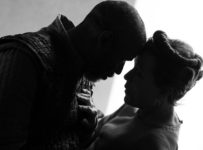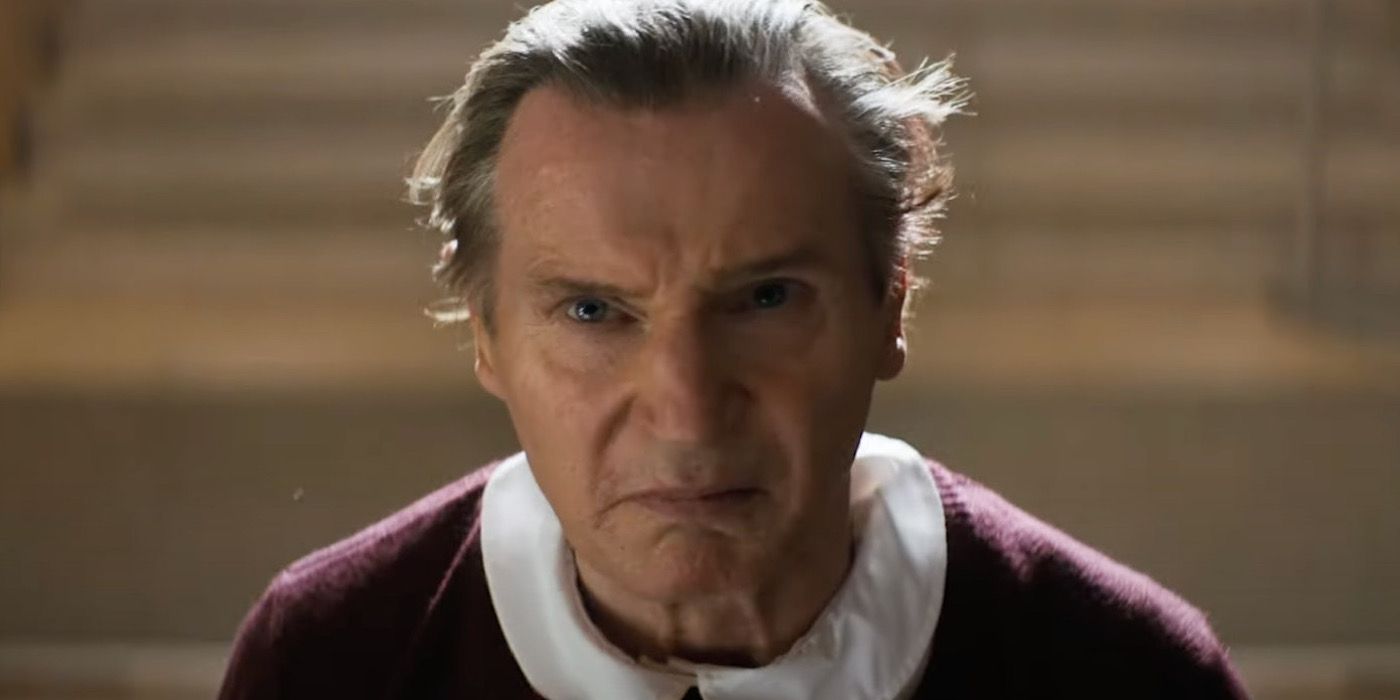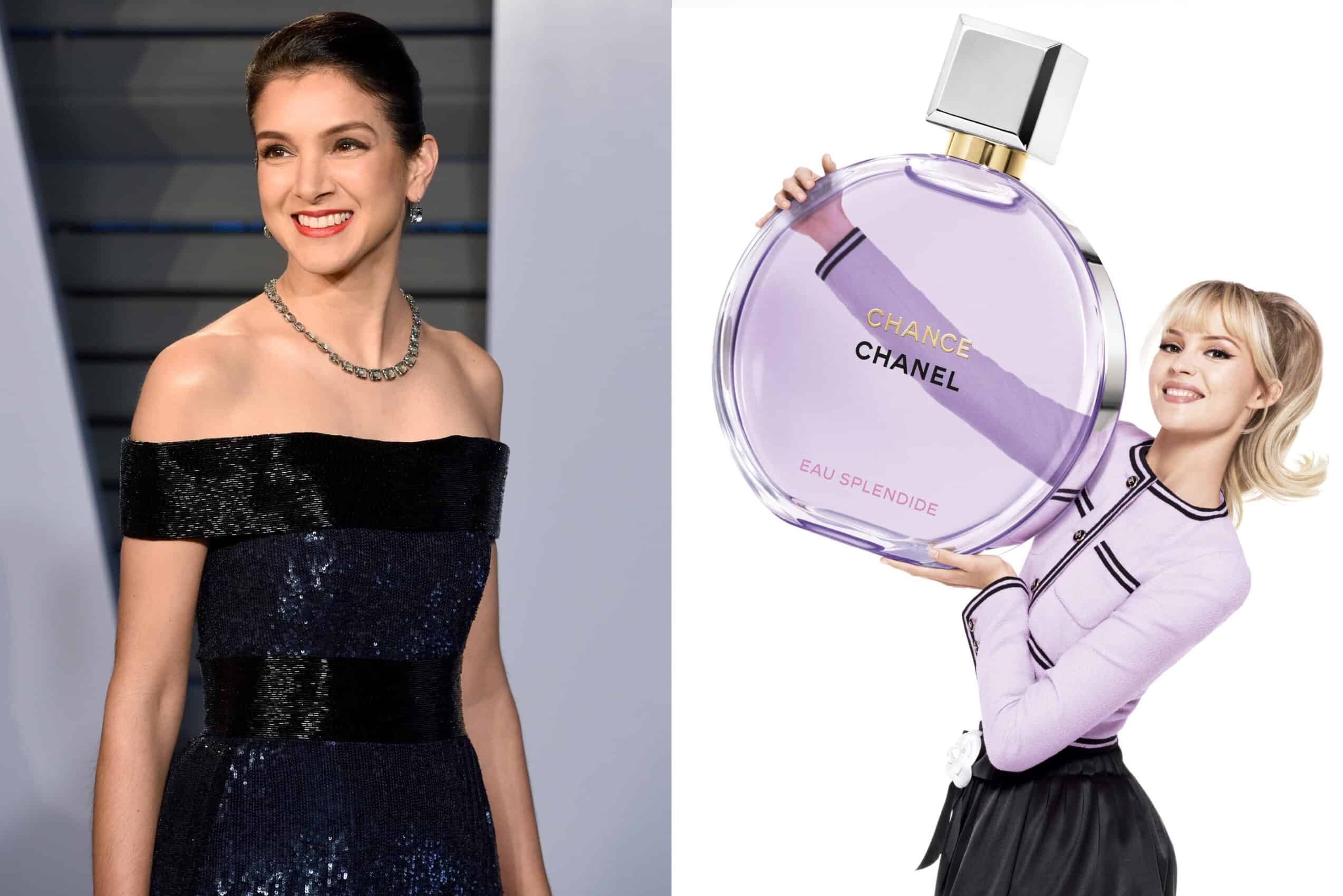The best aspects of “Black Widow” echo the ‘70s spy movie tone of one of the best films in the MCU, “Captain America: The Winter Soldier.” Director Shortland and writer Eric Pearson (an MCU vet behind both “Avengers: Infinity War” and “Endgame,” along with Thor, Spider-Man, Ant-Man films and the ABC TV shows) unabashedly pull from beloved action and espionage classics with elements that echo the Bourne films, “Mission: Impossible,” “The Manchurian Candidate,” and, most of all, James Bond (a clip from 007 even plays on a television in the film). And yet “Black Widow” incorporates all of these spy-action greats into something that feels alive and original on its own terms, thanks largely to tight action choreography by Shortland and a great cast that centers four very engaging performances from Scarlett Johansson, David Harbour, Rachel Weisz, and, most of all, Florence Pugh.
“F9” may have a lock on the word “family” this season but it’s also the main theme of “Black Widow.” Natasha Romanoff is on the run from one makeshift family when she’s thrust back into the arms of another. The film opens with a scene right out of “The Americans” as it’s revealed that a young Natasha and her sister Yelena (played as an adult by Pugh) had a brief life in Ohio under parental figures Alexei (Harbour) and Melina (Weisz). They seemed like a normal family, but ‘mom’ and ‘dad’ were really Russian spies, and the girls were only being prepped for their coming induction in a super soldier program back in the homeland. After an explosive opening, the credits for “Black Widow” reveal that Natasha and Yelena were turned from average girls to killing machines, separated when Romanoff murdered the head of the program, Dreykov (Ray Winstone), and destroyed his Red Room. Or did she?
Jump ahead to just after “Captain America: Civil War,” when Natasha is on the run from her own government, underground after violating the Sokovia Accords. While she’s off the grid, she receives a package from Yelena, who is suffering through her own forced exile after discovering a substance that releases the Widows from their chemical subjugation. It’s very intentionally a reversal of the super-soldier serum concept that drove the action of projects like “The Falcon vs. the Winter Soldier.” Wherein Bucky Barnes stories often centered on vials that could make ordinary men into killing machines, “Black Widow” centers on vials that can turn killing machines back into ordinary women. Yelena sends a case of the vials to her sister, knowing it will bring her to a safe house in Budapest. From there, they are forced to break Alexei, aka The Red Guardian, out of prison and eventually reunite with the Black Widow who really made them, Melina.
You can view the original article HERE.

